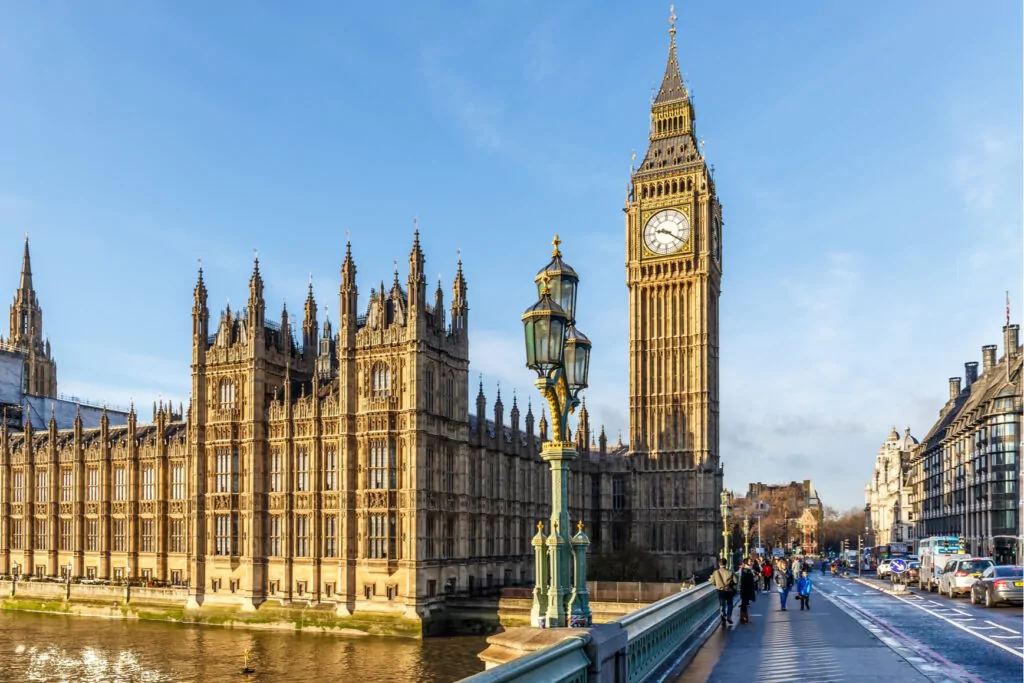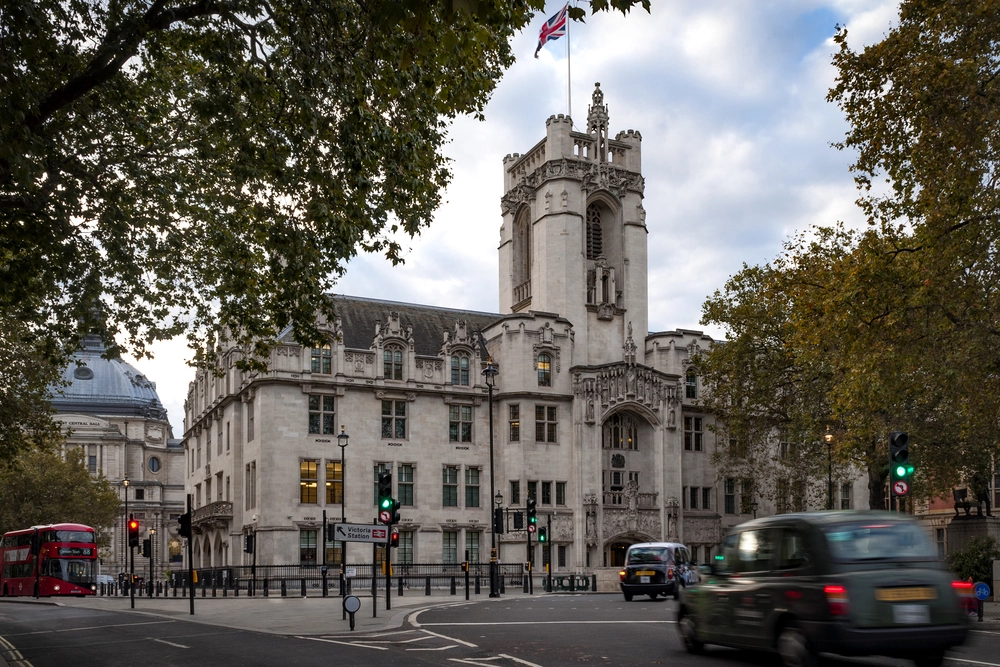
Case update: transactions defrauding creditors and tax avoidance
By Heather Welham, Ffion Davies
13 Jan 2025 | 4 minute read
A recent case considered whether a tax avoidance scheme could constitute a transaction defrauding creditors under section 423 of the Insolvency Act 1986 (IA 1986). The decision hinged on whether the transactions were made for a "prohibited purpose" under s423(3)(a).
Facts of Purkiss v Kennedy
Ethos Solutions Ltd (the "Company") operated a scheme for the purpose of avoiding National Insurance ("NI") and income tax. The Company's employees were contracted out to provide services to end users: the employees were paid a nominal amount via PAYE with the majority of their remuneration via an offshore trust (the "Trust") from which they received discretionary loans. The result was that the employees paid little to no income tax or NI (the "Scheme").
The Scheme operated between 2008 and 2023: throughout this period the proprietors believed it was a legal tax efficient structure. HMRC later assessed the scheme as ineffective and determined that the Company was liable for £2.2 million in income tax and NI. The Supreme Court in another case later supported this decision in determining that income tax was due on remuneration paid to an employee regardless of whether it was paid via a third party. The Company then entered liquidation under a CVL without making any payment to HMRC.
The Liquidator's Application
The liquidator (Purkiss) brought an application against Mr Kennedy and 61 other individuals who were the employees participating in the Scheme (the "Respondents"). Purkiss challenged payments totalling around £9 million made by the Company to the Trust for the benefit of the Respondents for which it received little or no consideration. The result of the transactions was that the Company became insolvent due to its debts to HMRC.
The liquidator sought a declaration that:
- Each payment made by the Company to the Trust formed part of a composite transaction (the "Transaction");
- The Transaction was at an undervalue under s423(1)(c) since the Company received substantially less value in consideration than the tax liabilities it incurred;
- The purpose of the Transaction was to defraud creditors as the Company had entered into the Transaction for a prohibited purpose under s423(3)(a): i.e. with the aim of putting assets beyond the reach of HMRC; and
- That the court should exercise its discretion under s423(2) to order the Respondents to pay the Company sums equivalent to the NI and income tax that should have been deducted from the sums paid to the Trust for their benefit.
Purkiss also applied to amend the application to include a claim for unjust enrichment in the alternative: this was refused at an earlier hearing. The Respondents accepted that the Scheme constituted a composite transaction but disputed each of the other claims.
High Court's decision
The liquidator's application was refused: though agreeing in part with the submissions on behalf of Purkiss, the court disagreed with the applicants' interpretation of the Scheme's "purpose".
The transactions at undervalue (TUV)
The Court determined that the Transaction was a TUV under s423(1)(c) as the Company's outgoing payments (including administrative fees and bills) and the liability incurred to HMRC resulted in the Company being in a far worse position as a result of the Transaction and becoming insolvent.
Transaction defrauding creditors
The Court considered the argument that the Transaction was made for a prohibited purpose under s423(3)(a). The legislation provides that the court must be satisfied that the purpose of a transaction was to put money or assets beyond the reach of a person who is making, or may in future make a claim against the Company.
However, the Court determined that the Scheme's purpose was to avoid any tax liability whatsoever, thereby preventing HMRC from having a claim. As such, HMRC's claim could not be prejudiced since the intent of the Scheme was that no entitlement to a claim would arise. Therefore, the Transaction did not fall within s423(3)(a) which clearly contemplates a current or future claim. The court explained:
"The tax avoidance purpose [relied on in this case] is that the scheme would ensure that no income tax and NIC liability arose in relation to the remuneration received in respect of the respondents’ services. The purpose was therefore that HMRC would have no claim which it could make and not to prejudice a claim which it was making at the time of the Transaction or might make in the future."
Whilst the failure of the Scheme meant that HMRC's interests were prejudiced and assets placed out of its reach, the Company's purpose was not prohibited because it entered the Scheme with a "genuine belief that it was tax effective."
Order
Therefore, the Court refused the liquidator's application to order the Respondents to repay the tax liability.
Analysis
This is an interesting decision by the court as it suggests that whether a transaction falls within s423(3) rests entirely on the intentions of the party entering into that transaction. The Scheme was intended to lawfully prevent tax liability from arising, and so – although in reality it failed to achieve this and was liable to HMRC – since its objectives were legitimate, the operation did not constitute a transaction to defraud creditors.
The case also highlights the difficulties in distinguishing the purpose of a transaction and its eventual outcome, but the court is clear that it is the intentions which are relevant to support a claim under s423(3).
How can we help
Foot Anstey has a broad range of experience across transactional and contentious insolvency matters. Please do get in contact with our Commercial Litigation team regarding any potential disputes or our Restructuring and Insolvency colleagues if you have any queries or require advice in dealing with an insolvency process.
















